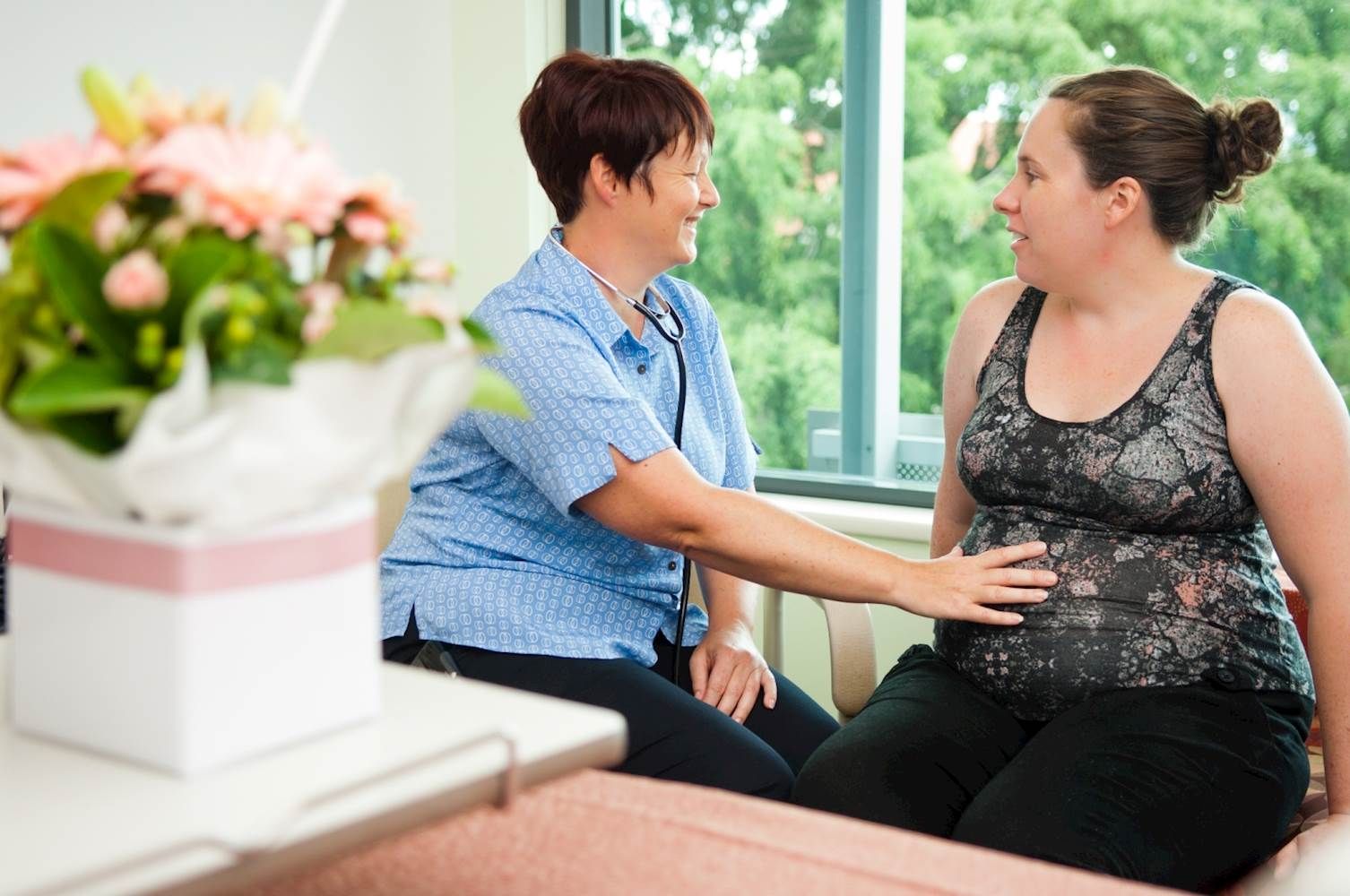Mater is Comparing Methods of Induction of Labour

In most pregnancies, labour starts all by itself, and typically any time after 37 weeks. But for one third of pregnant women, they will need their labour induced.
While there’s no shortage of methods that are rumoured to help kickstart labour, Mater researchers have recently started a trial of 2500 Queensland women to identify the most effective way to ‘get things moving.’
This will be the largest study of induction ever undertaken and the results could benefit women worldwide.
Labour induction is often recommended when a woman’s pregnancy goes well beyond her due date, or if there are concerns for a mother’s or baby’s health.
Mater Research’s randomised Pinc Balloon* trial is comparing two of the most common methods for the medical induction of labour; the use of Prostaglandin gel, and the use of a balloon catheter, and is particularly focussed on women being able to go home to commence their induction of labour.
Prostaglandin is a hormone that prepares a woman’s body for labour by softening the cervix and allowing it to open. This can induce contractions, so it’s standard practice that women undergoing this method remain in hospital.
Alternatively, a small balloon catheter can be inserted through the cervix and inflated to gently stretch the cervix. Unlike prostaglandin, this method is unlikely to induce contractions while it works to open the cervix, so women with a low-risk, uncomplicated pregnancy may be able to go home after the balloon catheter is placed.
This trial will compare which method women prefer and the safety, healthcare costs, and clinical outcomes of each option.
You can show your support for important research like this induction of labour project by purchasing your Mater Prize Home lottery tickets today.
*Pinc = Prostaglandin Inpatient iNduction of labour Compared with BALLOon Outpatient iNduction of labour

We would love to hear from you
We would love to know what you think about Mater Lotteries!
1800 067 066
All times displayed in your local timezone unless stated otherwise. Mater Foundation Ltd as trustee for Mater Foundation is registered as a charity with the Australian Charities and Not-for-profits Commission. ABN 96723184640. All prices are displayed in AUD.



